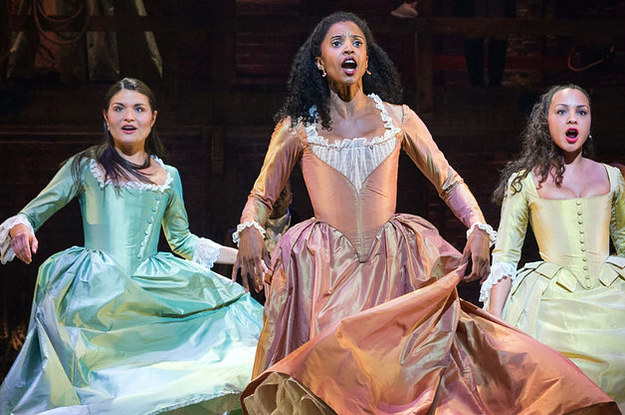I was walking through an unfamiliar, mildly questionable neighborhood. A man on a bicycle with sunglasses said hello to me. I replied by saying good morning politely, and continued walking. Several blocks later, I looked backward and saw the same man pedaling leisurely beside me. We were the only people on the street, and I was becoming rapidly very uncomfortable.
Knowing that I was only a few blocks from a well-peopled place market, I started speed-walking. He mockingly asked why I was running and where I was rushing to. To which I replied curtly, “The farmer’s market.” He inquired as to whether that was really where I had been going, then asked what I was going for. After I answered that I was going to buy fruits and vegetables, he emphasized that I must be going to buy “exotic” produce and that I looked like a “nice girl” (I am Asian American).
At this point I had reached the farmer’s market and began looking at plums and mangoes pointedly, trying not to look up in case he was still following me. I walked a block farther, checking to make sure he hadn’t tailed me. Thankfully, he hadn’t. I had left that morning to go grocery shopping, so I did that, but I took a circuitous route there to make sure he wasn’t waiting for me somewhere. Even after I got home, I felt rattled.
Optional: Do you have any suggestions for dealing with harassers and/or ending street harassment in general?
I’d love to say that women being harassed should either take the high ground and explain why street harassment is hurtful and violent, but I know that confronting harassers can be terrifying. Ignoring comments, trying to end conversations politely, and entering highly public places seem to be the best strategies I have found.
– JC
Location: Gillespie District, Sarasota, FL
Need support? Call the toll-free National Street Harassment hotline: 855-897-5910
Share your street harassment story for the blog.
See the book 50 Stories about Stopping Street Harassers for ideas.

